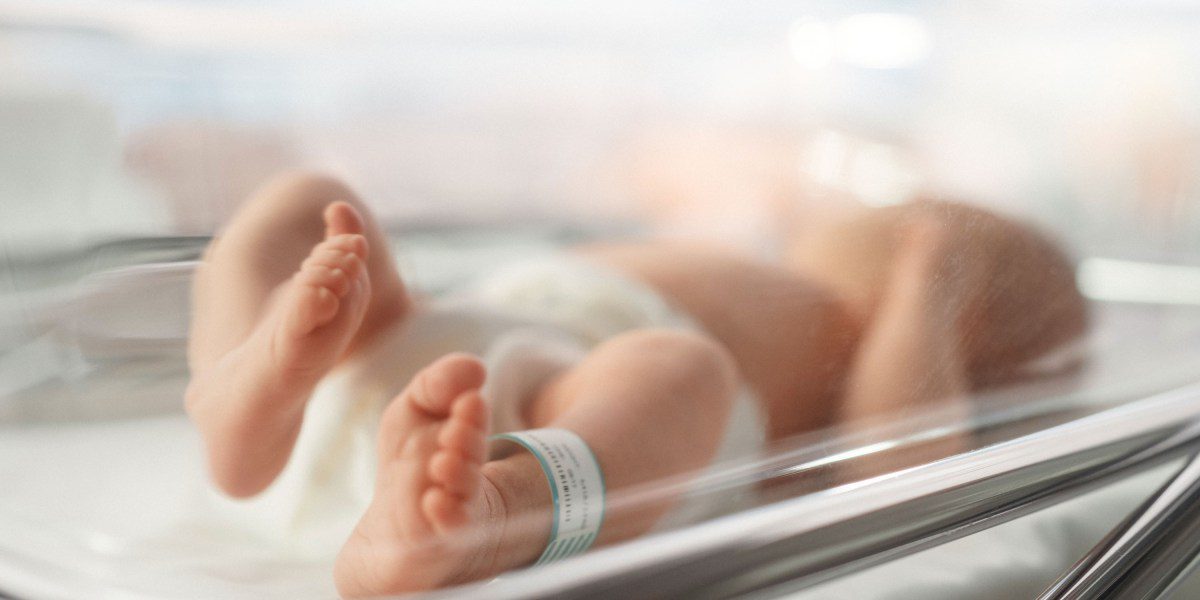The Growing Reality of “Three-Person IVF” Babies
This week, the UK welcomed eight new babies born through an experimental form of IVF that incorporates DNA from three people. This innovative approach aims to help women avoid passing on potentially life-altering mitochondrial diseases. So, what does this really mean for the future of reproductive technology? Let’s dive into the world of three-person IVF and explore the remarkable journey these little ones represent.
The History Behind Three-Person IVF
Let’s face it: the idea of three-parent babies is a bit mind-boggling. However, they aren’t exactly a new phenomenon. The first instances of these little ones emerged back in the ’90s when researchers believed they could tackle infertility by mixing DNA in unconventional ways.
Imagine this: a scientist, Jacques Cohen, was working tirelessly in a lab, injecting mitochondria from healthy eggs into those of mothers with infertility issues. Seventeen babies were born this way! Yet, not all news was good—two fetuses displayed genetic abnormalities, leading to regulatory intervention by the FDA in 2002, effectively halting the progress on this front.
But here’s the kicker: the babies from that study, now in their 20s, still don’t have clear answers about the genetic issues they faced. It’s hard to shake the wonder—and worry—about what the long-term effects could be.
Shifting Definitions: Parent or Just DNA Donor?
Here’s something that stirs debate: should we really call these babies “three-parent”? Critics argue that only two can take on the full parental role, while the third merely provides mitochondrial DNA. For simplicity, I’ll stick with three-person IVF—because that’s what it is!
This method utilizes both the genetic material from the intended parents (egg and sperm) along with mitochondrial DNA from a donor. This tiny DNA component, while not a major player in total genetic makeup, is critical for cellular function. A question that lingers is: if the term is misleading, how do we address the emotional and ethical implications of these advances?
A New Era of Technique: Successes and Controversies
Fast forward to 2016 when John Zhang, a fertility specialist, made waves by performing a mitochondrial donation in Mexico for a Jordanian couple. This couple had suffered the heartbreak of losing two children to a mitochondrial disease. Imagine the relief they felt when they welcomed a healthy baby boy—less than 1% of his mitochondria carried the mother’s mutation. Yet, this breakthrough also ignited a firestorm of ethical questions given how the procedure had been performed without oversight.
Critics were right to raise alarms, especially since legal discussions were heating up in places like the UK. By the time the Nadiya Clinic in Ukraine announced further successful pregnancies in 2017, the tension around the ethics of mitochondrial donation was palpable. Should it only be a route for those facing dire mitochondrial diseases, or can it also be a treatment for infertility? It’s a complicated conundrum.
The New UK Babies: A Cause for Celebration, but with Caution
So, what about the eight new babies from this latest UK trial? They’re being hailed as a big win for three-person IVF, yet like a movie with an ambiguous ending, the reality is more complex. Three of these little ones were born with a concerning proportion of mutated mitochondria—between 5% and 20%.
Research reveals similar findings in other studies, including previous trials where some babies accidentally inherited mtDNA from their intended mothers. While this detail may not be a big deal for families with no mitochondrial disease concerns, it could spell trouble for families who do carry those genes.
Wrapping It Up
So, what’s the takeaway? While the arrival of these new babies marks a significant stride in reproductive science, it’s not a straightforward success. The complexities of mitochondrial donation loom large over these advancements, and it’s clear we need to keep digging for more answers.
Want to explore this fascinating world a bit more? Check out this detailed discussion on mitochondrial donation ethics.
So, what’s your take? Are you optimistic about the future of three-person IVF, or do you have reservations?
